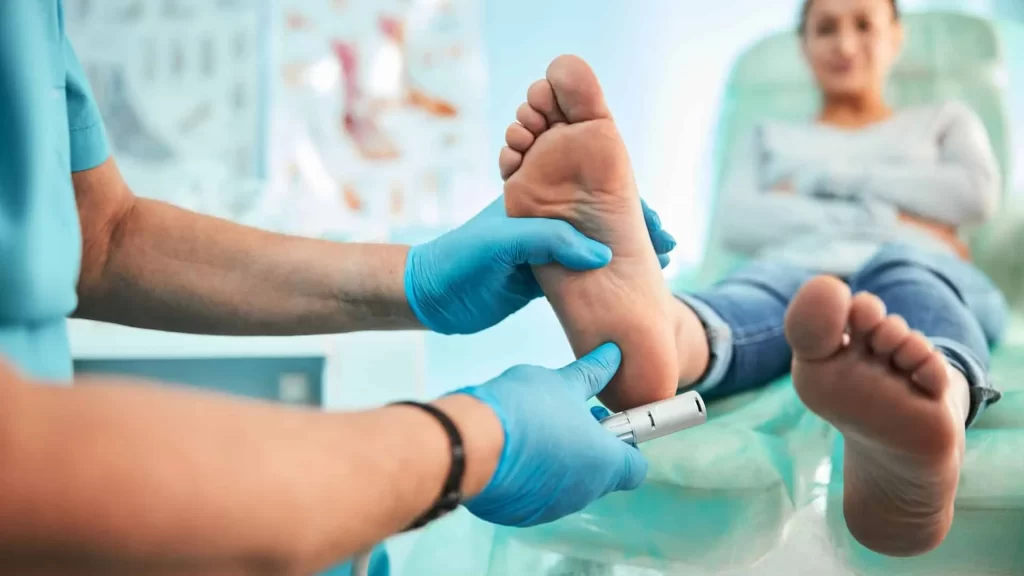Heel pain is a common complaint that can interfere with daily activities and diminish quality of life. It often results from conditions like plantar fasciitis, Achilles tendonitis, or heel spurs. Identifying the root cause is the first step in addressing the issue effectively. For many, plantar fasciitis characterized by sharp pain at the bottom of the heel, especially in the morning is the culprit. Rest is crucial to alleviate inflammation and give the affected tissues time to heal. Avoid high impact activities like running or jumping, and switch to low impact exercises such as swimming or cycling during recovery.

Stretching and strengthening exercises are among the most effective noninvasive treatments for heel pain. Simple stretches targeting the calf muscles, Achilles tendon, and plantar fascia can relieve tension and reduce discomfort. For example, try a wall stretch: place your hands on a wall, step one foot back, and press the heel into the floor while bending the opposite knee. Hold for 20–30 seconds and repeat several times. Additionally, rolling a frozen water bottle under your foot can help reduce inflammation and soothe sore muscles. Supportive footwear or custom orthotics can also make a significant difference by distributing pressure more evenly and cushioning the heel.
In cases where heel pain persists despite these interventions, it may be time to explore medical treatments. Over the counter anti-inflammatory medications, such as ibuprofen, can help reduce swelling and discomfort. Physical therapy may be recommended for chronic conditions, with a focus on targeted exercises and modalities like ultrasound or massage to promote healing. For severe cases, treatments such as corticosteroid injections or extracorporeal shock wave therapy might be necessary to address inflammation or stimulate tissue repair. Preventing heel pain in the future involves a combination of maintaining a healthy weight, wearing supportive shoes, and avoiding overtraining to contact us for podiatrist in cypress. With a proactive approach, heel pain can be effectively managed and even prevented, allowing you to stay active and pain free.